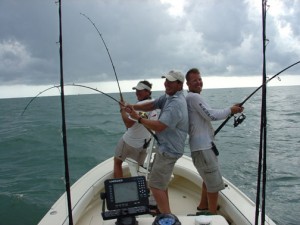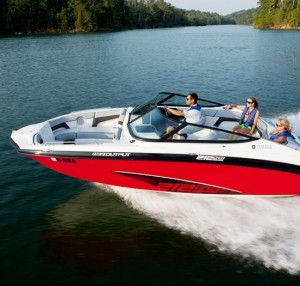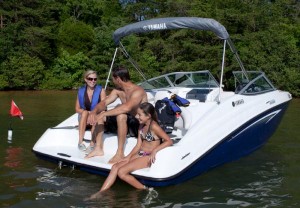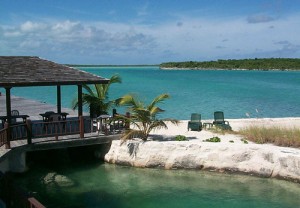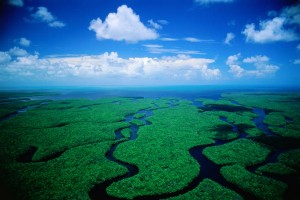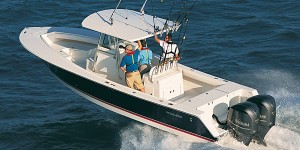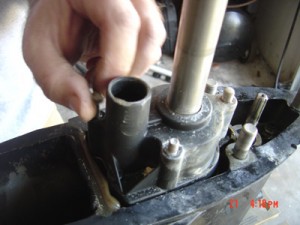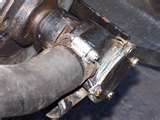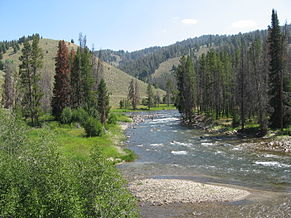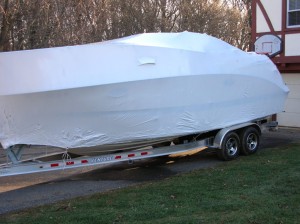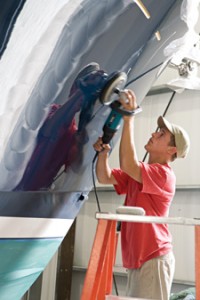Tarpon of the North
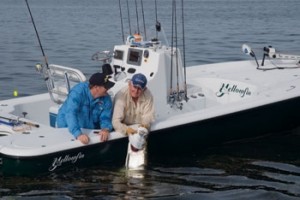 Yesterday I wrote about tarpon fishing in Florida. Today I want to tell you about the tarpon of the North, also known as sheefish. Sheefish is a freshwater whitefish that as an adult can weigh as much as 55 pounds. It lives off of plankton and smaller fish.
Yesterday I wrote about tarpon fishing in Florida. Today I want to tell you about the tarpon of the North, also known as sheefish. Sheefish is a freshwater whitefish that as an adult can weigh as much as 55 pounds. It lives off of plankton and smaller fish.
The prime location to catch sheefish is Selawik Valley, Alaska. Like many places in the Alaskan wild, you will absolutely need a guide through the wilderness. Sheefish can be caught year round, although summer is the best season while the sheefish go through their feeding. I haven’t been that far up north myself, but I hope to someday take my Yamalube 2M taking outboard motor boat up there for a few days of fishing.


